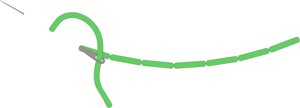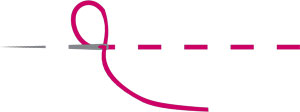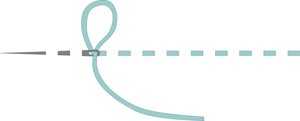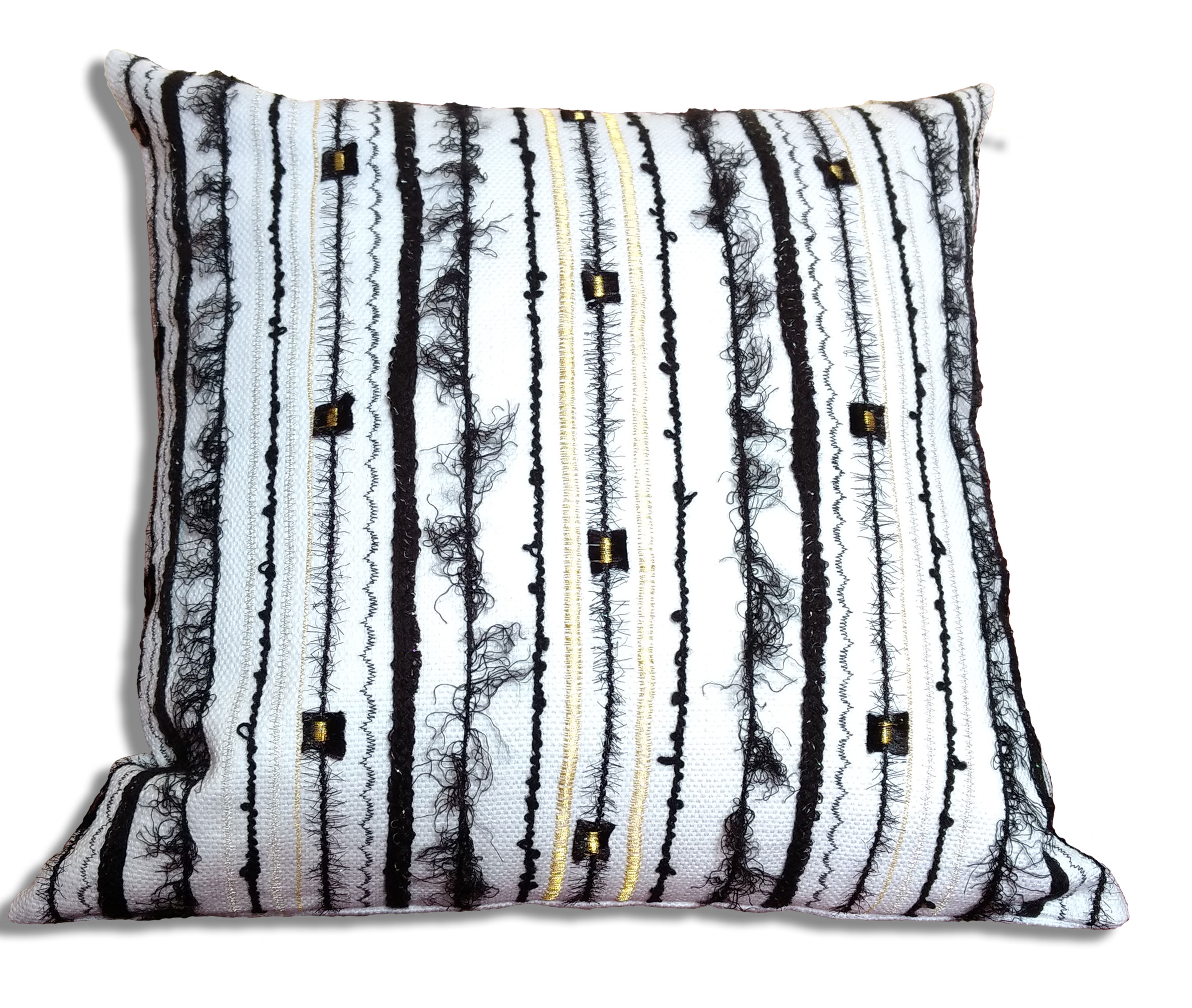Basic Sewing Stitches For Hand and Machine Sewing
Both machine sewing and hand sewing have their own basic sewing stitches. Despite the latest technology, seams still separate, tears happen and buttons need reattaching.
Hand Sewing Stitches
There are five basic hand sewing stitches. These are:
Backstitch
The backstitch is the strongest and most durable hand-sewn stitch. This stitch is the closest to the machine straight stitch.

Use the backstitch to repair a torn seam or join two pieces of material together.
Basting
Basting is a more open and longer stitch.

Use basting as a temporary method of holding two or more pieces of
fabric in place before permanently machine sewing them together.
Basting is often done by hand.
Overcast Stitch
Use an overcast stitch to help stop edges from fraying. This stitch closely resembles a serger stitch.

Typically, an overstitch starts with a line of backstitching. Then “overlock” stitching is added to the edge of the fabric.
Running Stitch
The running stitch is like basting but with much smaller stitches. It is usually used for gathering fabric or when smocking.

It is also used for repairs on delicate fabrics because the short even
stitches spread any stress on the fabric along the entire seam.
Slip stitch
Use the slip stitch to hold a folded edge in place as in hemming. It’s especially useful when you want the stitches to be hidden.

As with all types of stitches,these stitches should be even and consistent to get the best results.
Machine Sewing Stitches
Here's a pillow I made using a combination of several basic sewing machine stitches and wool zig-zag stitched to cotton. I got inspiration for this pillow by enrolling in the Stupendous Stitching Class at Craftsy! Makes a person look at scraps of wool in a whole new creative way!
Even the most basic sewing machines come with at least two basic sewing stitches. These basic stitches are the straight stitch and the zigzag.
These are all you need for basic machine sewing. Most machines come with more than the two basic sewing stitches, however.
The most common machine sewing stitches are:
Blind Hem
The blind hem is mainly used for hemming, especially woven or knit
fabrics. With this stitch the sewing is more hidden on the right side
of the fabric.
This basic sewing stitch is closest to the hand-sewn slip stitch.

Please note that this is how the stitch appears on the back.
On the correct side, this stitch is hardly noticeable, as seen below.

Overlock
The overlock is most like the hand-sewn overstitch. It’s used for keeping raw edges from fraying. This stitch is also used to replace using a serger machine to stitch and finish a raw edge in one-step.

The overlock stitch is a combination of straight stitches and zigzag.
Straight Stitch
In machine sewing, the straight stitch is the most basic sewing stitch. Like the backstitch in hand sewing, the straight stitch is used for joining two or more pieces of fabric.
It is also a foundation stitch for the overlock stitch. With a wide, loose tension setting, the straight stitch can be used to baste.

Sewing a few straight stitches in reverse at each end of a seam will “lock” the threads in place, reducing the chances of the thread unraveling.
Zigzag
The last of the basic machine sewing stitches is the zigzag. As the name implies, this stitch moves from side to side.

Before the overlock stitch, the zigzag and straight stitches were used together to create the overlock stitch.

A zigzag is used to attach appliqués and make buttonholes. It is also used in basic decorative machine sewing.
Related Articles
Go to top of this Basic Sewing Stitches Page
Return to the CreativeSewingTips.com Home Page
